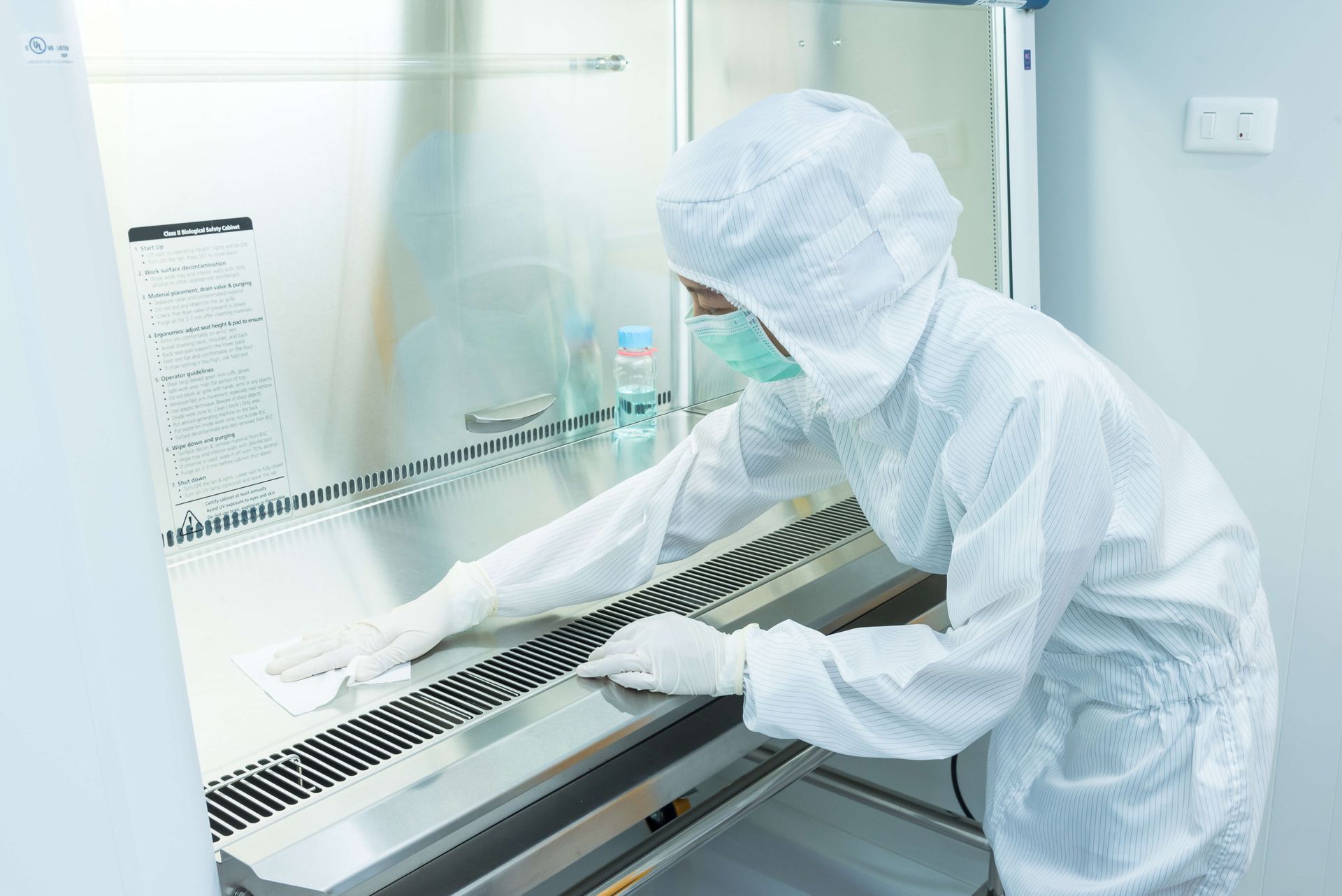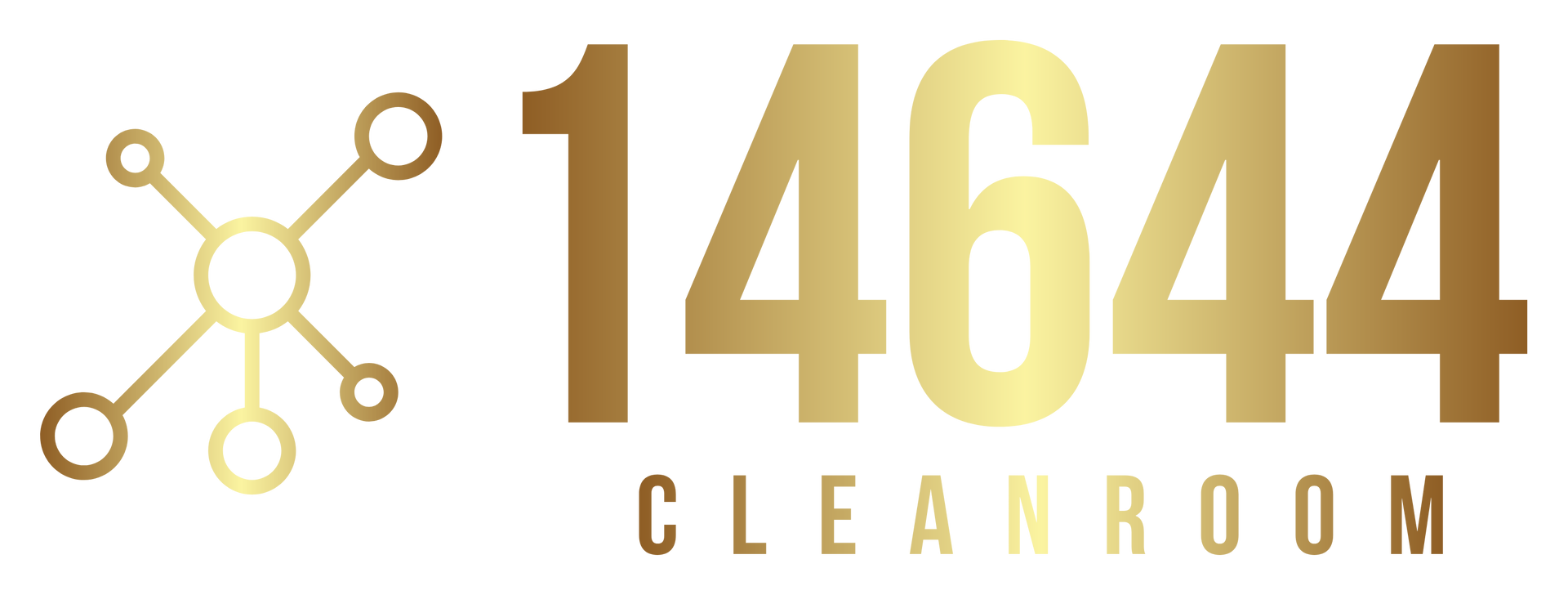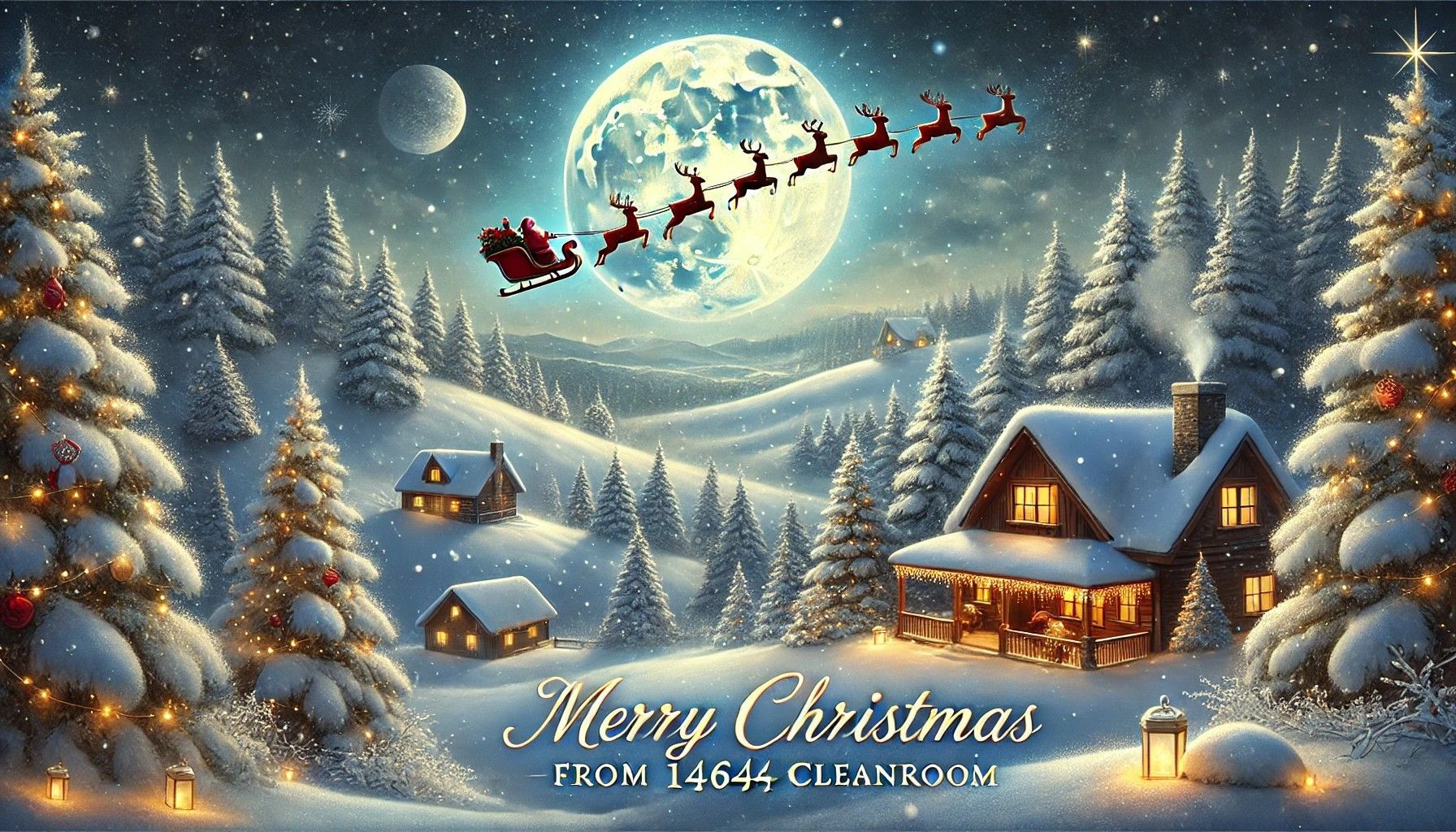Your Cleanroom Specialist
Competence from + 100 Cleanrooms and since 1992
Cleanroom 14644 ISO 1-9 FS209E EU GMP ABCD USP 797, 800, 825
Cleanroom Design, Construction, Operation
Limit Your Liability
Cleanroom End User
Limit Your Liability - I make sure that Your Cleanroom project meets Your demands, from Design to Operation.
Architects
Limit Your Liability- I make sure that Your Cleanroom Specification will meet the End Customer needs, and at the right budget/cost.
Contractors
Limit Your Liability- I make sure that all building processes are aligned, in line with the Cleanroom demand.
Consulting Engineers
Limit Your Liability- I offer extended Cleanroom competence
Alata
Alice
Open Sans
Noto Sans
Bebas Neue
Great Vibes
Rock Salt
Exo
Belgrano
Overlock
Cinzel
Indie Flower
Staatliches
Roboto Slab
Lato
Noto Serif
Open Sans
Montserrat
Ubuntu
Rubik
Delius
Amiri
Montserrat

Building a Cleanroom: Planning and Construction Insights 1 Introduction Building a cleanroom is a complex engineering effort that requires precise planning, well-defined contamination-control strategies, and coordinated execution across architectural, mechanical, electrical, and operational disciplines. Whether designed for pharmaceuticals, semiconductors, medical devices, or advanced manufacturing, a cleanroom must meet defined ISO 14644 classifications, support stable environmental conditions, and enable efficient, compliant workflows. This article outlines the critical considerations and engineering principles involved in planning and constructing a high-performance cleanroom. 2 Defining User Requirements Every cleanroom project begins with a clearly articulated User Requirement Specification (URS) . The URS establishes the functional and performance needs that guide all subsequent design work. Key elements include: Target ISO classification for each room. Required airflow patterns , air change rates, and differential pressures. Process flow for personnel, materials, waste, and equipment. Critical environmental parameters such as temperature, humidity, and vibration. Utility needs including gases, pure water, vacuum, and power. Anticipated chemical or biological hazards. Operational and maintenance constraints. A well-developed URS minimizes scope changes and ensures that engineering decisions directly support process needs. 3 Site Assessment and Infrastructure Requirements Before construction begins, the site must be evaluated for suitability: Structural capacity: Can floors support air-handling units, HEPA housings, and process tools? Space availability: Sufficient area for clean zones, mechanical spaces, and service corridors. Utility infrastructure: Adequate electrical capacity, ventilation, chilled water, and drainage. Environmental factors: External vibration, temperature variation, and airborne contaminants. Expansion potential: Accommodating future upgrades or classification changes. These assessments prevent downstream conflicts and ensure infrastructure can support stable cleanroom operation. 4 Cleanroom Layout and Zoning Proper zoning is fundamental to contamination control. Layouts must support unidirectional flows and minimize cross-contamination risks. Typical zones include: Gowning areas: Structured in stages to gradual transition from uncontrolled to controlled spaces. Airlocks and pass-throughs: Separate personnel and material flows. Classified production rooms: Designed according to ISO 14644 requirements for airflow and pressurization. Technical corridors: Allow maintenance access without disrupting clean operations. Support rooms: Such as storage, cleaning, and equipment prep. Layouts should maintain logical, efficient movement while enforcing contamination barriers. 5 HVAC and Airflow Design HVAC systems determine the cleanroom’s ability to sustain required cleanliness levels. Key design elements include: Air changes per hour (ACH) sized to classification, heat load, and process needs. HEPA or ULPA filtration for supply air, delivered through ceiling modules or fan filter units (FFUs). Laminar (unidirectional) flow where needed for ISO 5 or critical zones. Pressure cascades that maintain properly graded differentials between adjacent areas. Temperature and humidity control to support product quality, operator comfort, and static control. HVAC components must be accessible for maintenance without introducing contaminants to classified spaces. 6 Architectural Materials and Surface Finishes Cleanrooms require materials that are non-shedding, cleanable, and chemically resistant. Key considerations: Wall systems: Aluminum honeycomb, insulated metal panels, or FRP-covered panels for smooth, durable surfaces. Floors: Seamless epoxy, vinyl, or conductive flooring with heat-welded seams. Ceilings: Walkable or non-walkable grids designed to support filtration modules. Doors and windows: Flush-mounted, airtight, and compatible with pressure differentials. Sealants and joints: Smooth, continuous, and resistant to chemicals used during cleaning. Material selection must be coordinated with cleaning procedures and classification requirements. 7 Utilities and Process Integration Critical utilities must be incorporated into the design early to avoid conflicts and maintain cleanroom integrity. Common utilities include: Compressed air, nitrogen, and specialty gases delivered through sealed, cleanable routes. Process cooling water and chilled water loops. Vacuum and exhaust systems —including local exhaust for chemical processes. Electrical distribution designed for redundancy, grounding, and tool layout. Deionized or ultrapure water systems , where required. All penetrations must be sealed to prevent air leakage and preserve pressure control. 8 Contamination Control Strategies Contamination control begins with design and continues through construction and commissioning. Critical design strategies include: Airflow segregation between clean and unclean paths. Defined personnel and material entry procedures through airlocks and gowning rooms. Minimization of particle traps through flush detailing. Use of clean construction methods —such as controlled debris removal and barrier systems. Planning for cleaning and disinfection with compatible materials and accessible surfaces. These strategies ensure the cleanroom meets its required classification once operational. 9 Clean Construction Practices Building a cleanroom requires specialized construction methods to prevent particulate contamination and protect installed equipment. Best practices include: Using HEPA-filtered temporary air during construction phases. Segregating clean and dirty work with physical barriers. Regular cleaning of construction zones to remove dust and debris. Ensuring material and tool staging areas remain controlled. Conducting progressive inspections for seams, penetrations, and finishes. A clean construction approach is essential for achieving classification targets during commissioning. 10 Commissioning and Qualification Commissioning verifies correct installation and performance, while qualification demonstrates compliance with user and regulatory requirements. Typical steps include: Installation Qualification (IQ): Structural integrity, utilities, materials, and equipment installation. Operational Qualification (OQ): HVAC performance, pressure cascades, filtration integrity testing, and controls verification. Performance Qualification (PQ): Environmental monitoring under simulated or actual operational loads. Airflow visualization (smoke studies) for unidirectional zones. Particle and microbiological baseline measurements per ISO 14644-1 and -2. Successful commissioning ensures the cleanroom operates predictably and meets defined specifications. 11 Documentation, Change Control, and Compliance A compliant cleanroom project requires thorough documentation from planning through qualification. Essential documents include: URS, design specifications, and engineering drawings HVAC and control system schematics Material certifications and installation records IQ/OQ/PQ protocols and reports Environmental monitoring plans Deviations, corrective actions, and change-control records This documentation provides traceability and supports future audits and requalification efforts. 12 Operational Readiness and Handover Before a cleanroom begins routine production, operational readiness must be verified. This includes: Final cleaning to ISO 14644 standards Staff training on gowning, flows, and SOPs Calibration of monitoring instruments Stocking of consumables, waste containers, and PPE Establishing preventive-maintenance schedules Verifying correct functioning of alarms and building-management systems A structured handover ensures the cleanroom begins operation in a validated, controlled state. 13 Long-Term Maintainability and Flexibility Cleanrooms must be built to evolve with changing processes, equipment, and regulatory expectations. Design strategies that support long-term efficiency include: Modular wall and ceiling systems Accessible service corridors for maintenance Scalable HVAC and filtration capacity Flexible utility distribution systems Documented pathways for future expansion These decisions reduce downtime, simplify modifications, and support life-cycle cost efficiency. 14 Conclusion Building a cleanroom is a multidisciplinary engineering exercise that demands rigorous planning, precise construction practices, and alignment with contamination-control principles. By developing a clear URS, designing robust HVAC and zoning systems, selecting compliant materials, and following structured commissioning processes, organizations can create cleanrooms that are reliable, efficient, and audit-ready. A well-designed cleanroom not only meets current operational needs but also offers the flexibility and resilience required for future process evolution and regulatory demands. Read more here: About Cleanrooms: The ultimate Guide

Sterilization Techniques for Cleanroom Equipment 1 Introduction Sterilization of cleanroom equipment is essential to maintaining controlled bioburden levels, protecting product integrity, and meeting the stringent microbial standards required in pharmaceutical, biotechnology, medical device, and advanced materials environments. Effective sterilization prevents viable microorganisms from entering controlled areas, reduces contamination risk during critical operations, and supports compliance with ISO 14644 and GMP expectations. This article outlines the primary sterilization techniques used in cleanrooms, their engineering considerations, and the requirements for safe, consistent, validated application. 2 The Role of Sterilization in Cleanroom Contamination Control Cleanrooms rely on filtration, airflow, gowning, and cleaning to manage particulate and microbial contamination. Sterilization complements these controls by ensuring that tools, containers, instruments, and equipment brought into classified spaces do not introduce viable microorganisms. Sterilization is particularly critical in aseptic processing, sterile packaging operations, and environments handling cell cultures or biologics. Consistent sterilization protocols help maintain validated conditions, support environmental monitoring performance, and ensure that microbial excursions are minimized. Documentation, traceability, and validation are essential components of a compliant sterilization program. 3 Key Considerations Before Selecting a Sterilization Method Selecting a sterilization technique requires evaluating: Material compatibility (heat sensitivity, corrosion risk, polymer stability). Microbial load and resistance typical of the equipment’s intended use. Penetration requirements , especially for complex geometries or internal cavities. Process impact on equipment calibration or performance. Turnaround time based on production needs. Regulatory requirements under GMP or sector-specific standards. Proper method selection ensures equipment integrity while delivering consistent microbial lethality. 4 Heat Sterilization: Autoclaving (Moist Heat) Autoclaving is one of the most widely used sterilization methods because it is reliable, repeatable, and suitable for stainless steel, glass, and many polymer components. Principle: Moist heat sterilization uses saturated steam under pressure (typically 121–134°C) to denature microbial proteins and destroy spores. Applications: Stainless steel tools Glassware Reusable containers Some textiles and polymer-based components Engineering and operational considerations: Load configuration must allow steam penetration. Validation includes thermocouple mapping, biological indicator testing, and verification of sterilization cycles. Sterilized items must be dried thoroughly to prevent microbial growth during storage. Autoclaving is unsuitable for heat-sensitive materials, electronics, and many elastomers. 5 Dry Heat Sterilization Dry heat sterilization uses elevated temperatures without moisture, typically between 160–180°C, for extended time periods. Applications: Metal tools incompatible with moisture Glassware requiring depyrogenation Heat-stable powders or oils (in controlled setups) Advantages: Effective depyrogenation capability (≥250°C for required exposure times) No corrosion risk due to moisture Limitations: Longer exposure times than steam Unsuitable for most plastics or electronics Dry heat sterilization is common in sterile pharmaceutical operations where endotoxin removal is critical. 6 Chemical Sterilization: Vaporized Hydrogen Peroxide (VHP) VHP is widely used in modern cleanroom environments because it is effective at low temperatures and compatible with many materials. Principle: Hydrogen peroxide vapor diffuses across surfaces and decomposes into water and oxygen, leaving no residue. Applications: Transfer chambers and pass-throughs Isolators and RABS systems Stainless steel tools and carts Some plastics compatible with oxidative agents Engineering and operational considerations: VHP cycles must be validated for concentration, exposure time, humidity, and aeration. Sensors and biological indicators verify adequate sterilant distribution. Material compatibility testing is essential due to potential oxidative degradation. VHP is not suitable for absorbent materials or components sensitive to oxidation. 7 Ethylene Oxide (EO) Sterilization EO sterilization is used for heat-sensitive materials requiring deep penetration, including complex assemblies and polymer-based equipment. Principle: EO gas alkylates microbial DNA and proteins, achieving high-level sterilization. Applications: Complex medical devices Polymer assemblies Pre-packaged cleanroom components Advantages: Excellent penetration Effective for mixed-material components Limitations: Requires long aeration times to remove residual EO Strict safety controls needed due to toxicity and flammability Not suitable for on-site use in most cleanrooms EO sterilization is typically performed by certified external facilities. 8 Radiation Sterilization (Gamma and Electron Beam) Radiation sterilization is common for single-use cleanroom equipment and consumables. Principle: High-energy radiation breaks microbial DNA chains, preventing replication. Applications: Single-use gowns, gloves, wipers Tubing, connectors, filters Prepackaged sterile instruments Advantages: Sterilizes sealed packages Excellent material penetration (gamma) Fast processing (electron beam) Limitations: Some polymers may degrade or discolor Typically performed off-site Requires validated dose mapping Radiation-sterilized disposables support aseptic processing by reducing sterilization burden inside the cleanroom. 9 Alcohol Wipe-Down: Point-of-Use Sterilization While not a terminal sterilization method, alcohol wipe-down is essential for maintaining aseptic conditions during equipment transfer. Applications: Small tools and handheld instruments Exterior surfaces of containers Materials moving through airlocks or pass-throughs Requirements: Use sterile 70% isopropyl alcohol or ethanol Apply using cleanroom-grade, low-lint wipes Ensure defined contact time (typically ≥1 minute) Replace wipes frequently to avoid contamination Alcohol use must be standardized and documented within cleanroom SOPs. 10 Ultraviolet (UV-C) Sterilization UV-C radiation offers supplementary microbial control for nonporous surfaces and small equipment. Principle: UV-C (254 nm) damages microbial DNA, reducing viability. Applications: Transfer chambers Biological safety cabinets Surface decontamination of tools Limitations: Limited penetration—line of sight only Potential for material degradation Does not replace validated sterilization methods UV-C is most effective as a supporting control rather than a primary sterilization strategy. 11 Packaging, Storage, and Post-Sterilization Handling Sterilized equipment must remain protected to preserve sterility. Key requirements include: Use of validated sterile barrier systems (e.g., peel pouches, double wrapping). Handling in ISO-classified preparation areas . Clearly labeled sterilization dates, cycles, and expiration timelines. Storage in clean, controlled areas to prevent recontamination. Procedures for visual inspection for package integrity before use. Post-sterilization handling is a critical control point that must be documented and audited. 12 Validation and Monitoring of Sterilization Processes A compliant sterilization program requires rigorous validation, including: Installation Qualification (IQ) verifying equipment installation. Operational Qualification (OQ) confirming system performance parameters. Performance Qualification (PQ) demonstrating consistent microbial lethality. Biological indicators for autoclaves, VHP systems, and EO cycles. Chemical indicators for load verification. Routine calibration and maintenance of sterilization equipment. Recordkeeping aligned with GMP and ISO 14644 requirements. Validation ensures that sterilization processes remain effective, traceable, and audit-ready. 13 Best Practices for Sterilizing Cleanroom Equipment Effective sterilization programs incorporate: Clear SOPs covering method selection, load preparation, cycle parameters, and acceptance criteria. Defined material compatibility assessments. Routine review of sterilization logs and cycle data. Strict segregation of sterile and non-sterile equipment. Preventive maintenance for sterilization equipment. Integration with document control and training programs. Periodic requalification of sterilization cycles and systems. These practices maintain sterility, support compliance, and reduce the risk of contamination events. 14 Conclusion Sterilization of cleanroom equipment is a crucial component of microbial control and regulatory compliance. By selecting appropriate sterilization techniques—whether heat, chemical, radiation-based, or point-of-use methods—cleanroom operators can ensure equipment remains safe, effective, and free from viable contamination. Validation, documentation, material compatibility, and disciplined post-sterilization handling are central to maintaining reliable, repeatable sterilization performance. In environments where sterility is non-negotiable, a robust sterilization strategy is essential to sustained cleanroom integrity and product quality. Read more here: About Cleanrooms: The ultimate Guide





